I am modeling the fine behavior of interacting oscillatory circuits. I have looked up a couple of methods for measuring inductance. I believe I am following the procedure faithfully, but the values I obtain aren't as precise as I expect. This is, in principle, an elementary question, but ideally I'd like precision of 1% or less and I don't believe I am attaining it with the methods I can find. I have a Tektronix 1001B oscilloscope and a pretty standard signal generator.
First: Is a precision of 1% with this equipment unrealistic?
If not, I have followed the procedure for measuring inductance with a sinewave here: https://meettechniek.info/passive/inductance.html (I also tried the method where you tune the frequency until the inductor voltage is half the total voltage).
I measure across two inductors in series; as a sanity check I also did both inductors separately. L1 is the kind of inductor that looks like a resistor (see the green thing in the photo below); Lcoil is a coiled inductor (see below). The nominal values are L1=220 uH and Lcoil=100 uH, so I expect a total of roughly Ltot=320 uH. All measurements are with f=95kHz because that is the frequency of operation.
- R_s=100 Ohm gives Ltot=290, L1=174, and Lcoil=122 (L1+Lcoil=296)
- R_s=56 Ohm gives Ltot=259, L1=174, and Lcoil=98 (L1+Lcoil=272)
Are these the best numbers that I can expect? The coil value changes by over 20%, and the total value varies by ~10%. I do not have an electronics background, so if there are some basic intuitive principles I am overlooking, please let me know!
Edit: I add a screencap of one of the calculations, which provides the values of the inductance and the inductor resistance.
